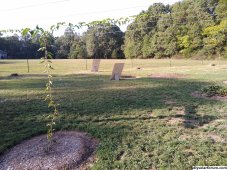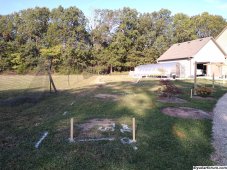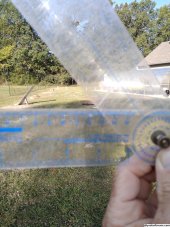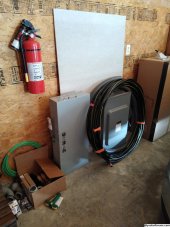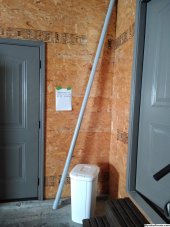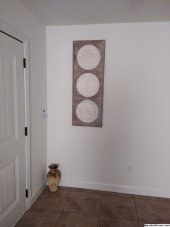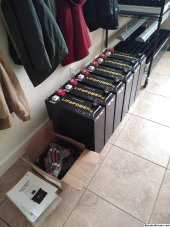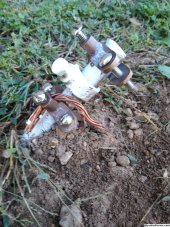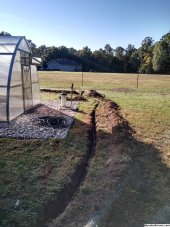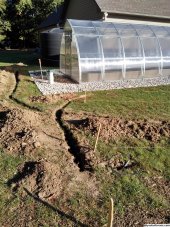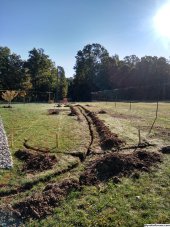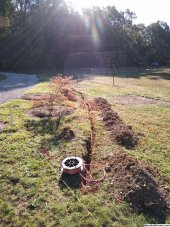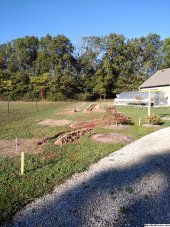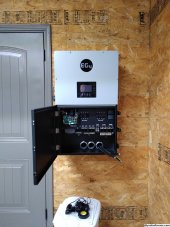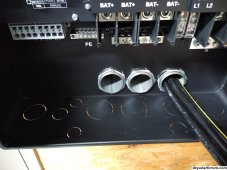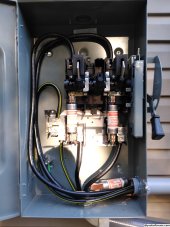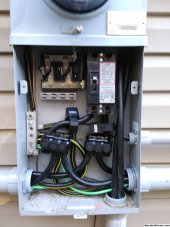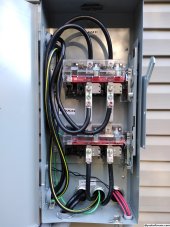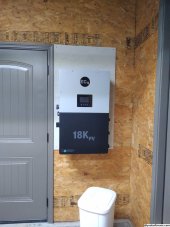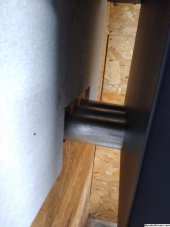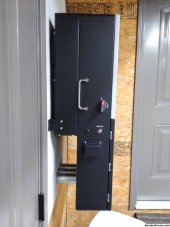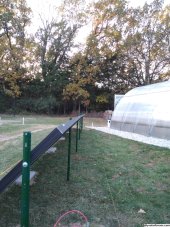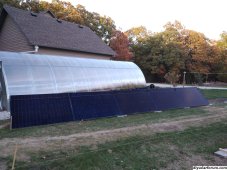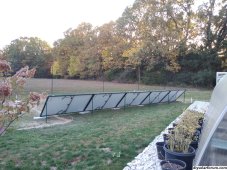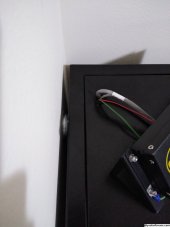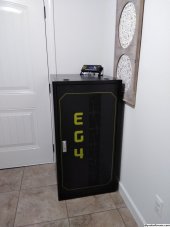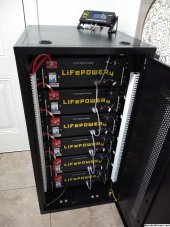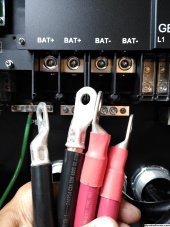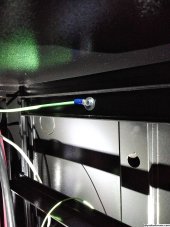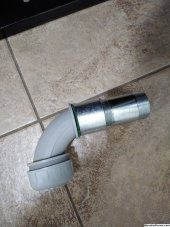Turns out my neighbor is an electrician and one hellofaguy! He gets the EG4 manual & explained the ac side. It seems so simple now. Apparently, because I've got a 220a breaker on the meter side, he won't install a feeder tap breaker but everything else in the feeder tap diagram in the EG4 manual for "whole home backup with feeder tap" will be installed, including the 2 pole manual transfer switch, the priciest part.
The inverter & other ac side components will be installed outside, right next to the meter and the batteries will be inside in the mudroom, right on the other side of wall.
I bought this
EG4 18KPV Hybrid Inverter System Bundle - 30.72kWH EG4 Lithium Powerwall [BNDL-E0005]
Signature Solar provides solar panels, off-grid solar systems, grid-tie, and hybrid systems. Quality solar inverters, bifacial solar panels, complete solar kits, solar batteries. Featuring brands such as EG4 Electronics with their solar battery, LifePower4 and EG4 LLifePower4 and EG4 LL

signaturesolar.com
and this
Canadian Solar 12kW Pallet - 400W Mono-crystalline Solar Panel (Black) | CS6R-400MS-HL | Full Pallet (30 Solar Panels)
Signature Solar provides solar panels, off-grid solar systems, grid-tie, and hybrid systems. Quality solar inverters, bifacial solar panels, complete solar kits, solar batteries. Featuring brands such as EG4 Electronics with their solar battery, LifePower4 and EG4 LLifePower4 and EG4 LL

signaturesolar.com
Kodi at Signature Solar answered every little stupid question I had. Probably about 50 of'em. I'm not interested in electricity or the knowledge thereof and find it all rather boring and challenging to learn but I am completely off grid (other than power) so the ability to not need the power grid is the goal and this stuff is a good start.
I've decided to relocate the mini field. 4 maples came down & the poly-fence is getting pushed out closer to the property line to fit 2 rows (17 & 13). Damaged one of the hardy kiwi supports. Damn it. Stumps need grinding and I gotta smooth out the land here, but this area will make for a better install. The longest run is 40' shorter than the old location, I don't have to cross the driveway & bore under the sidewalk, more sun here & I can ground the field to the house ground at the meter.
The white line represents where the shadow is cast from the top of the fence. It closely follows solar south. The house is on 5 acres but is built close to the sw corner of the property. It's a large area but the panels will still be pinched in here a bit.
Row 1 is around 100' long and the back row (2) around 80. String 1 on the east side will have 7 pvs in the front row and 3 in the back. String 2 in the middle with 5 & 5 and string 3 ends close to the back of the greenhouse on the west side. Right now, this area get's full sun from 8:30am till around 5pm with string 1 in the sun until 6.
I set this angle finder to 50* which is right around the winter adjustment these panels will be set at. Holding it level, you can see I got the 2nd row lined up well with the angle finder but the first is off a bit. Still, it appears that the panels will experience no shading from each other or the fence when the sun is at it's lowest point of the year. This way suits me rather than attempting to do the math that I do not know how to do. Summer's easy at 14* and I'll probably make both rows adjustable for each season of the year. Each panel will adjust semi-independently of one another.
Apparently, rodents like too chew the wire, not for the soy content but because the hardness is good to sharpen their teeth. I'll contain all of the exposed wire with automotive wire loom and keep an eye on it.
Anyone who's actually read this gibberish and is really in the know about power surge and lightning strikes please tell me, what should I or could I or do to protect these electronics?
